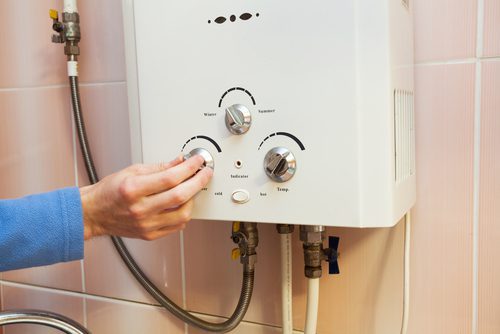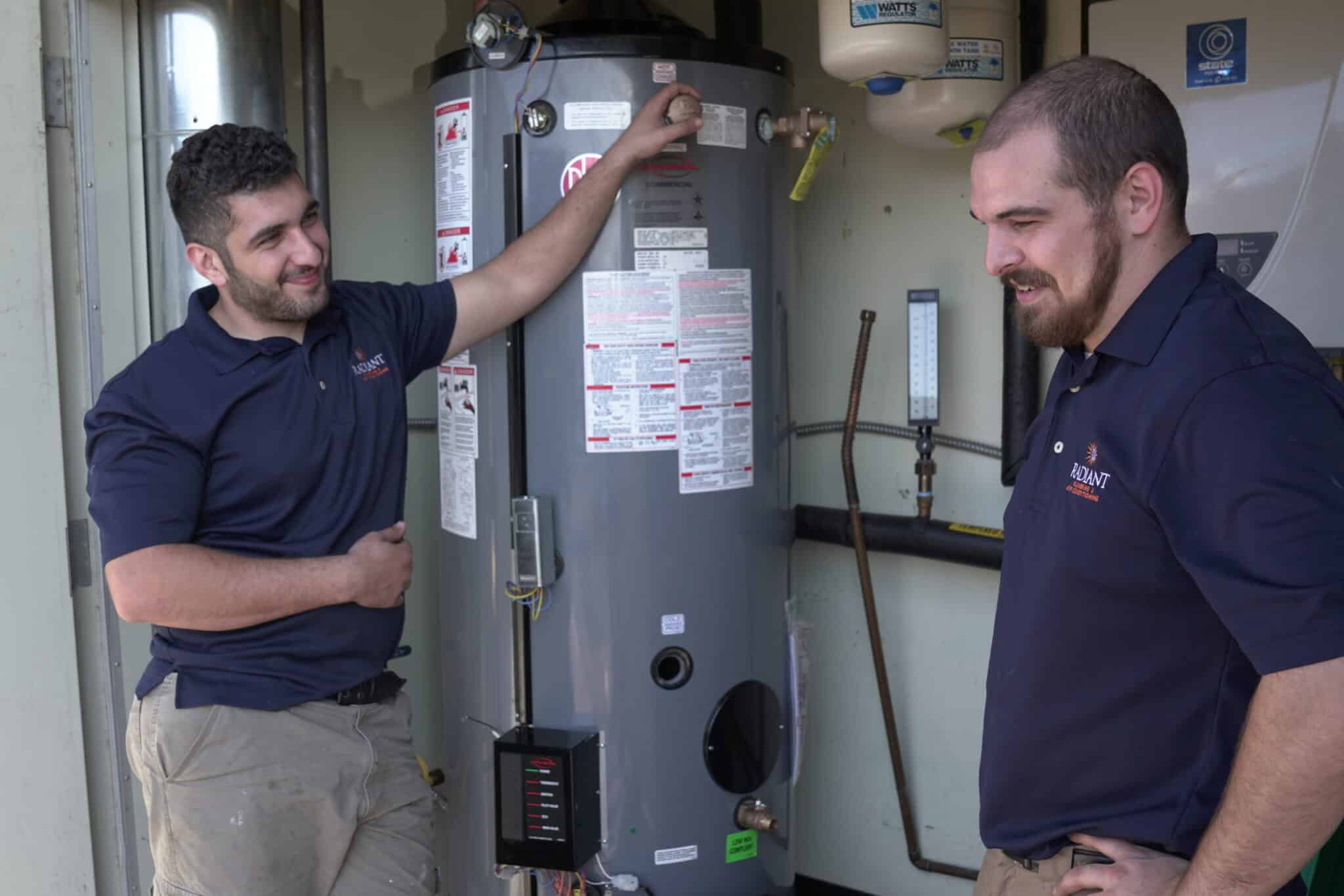Effective Methods to Care for Your Home's Hot Water System Successfully
Effective Methods to Care for Your Home's Hot Water System Successfully
Blog Article
Any individual has got their own thinking on the subject of Tips For Maintaining Your Hot Water Heater.

Hot water is crucial for everyday comfort, whether it's for a revitalizing shower or cleaning recipes. To ensure your hot water system runs successfully and lasts longer, regular upkeep is essential. This write-up supplies practical pointers and insights on just how to preserve your home's hot water system to stay clear of disturbances and expensive repairs.
Intro
Maintaining your home's warm water system may appear complicated, however with a couple of basic steps, you can guarantee it operates efficiently for years ahead. This guide covers every little thing from understanding your hot water system to do it yourself maintenance ideas and knowing when to call in specialist assistance.
Significance of Maintaining Your Warm Water System
Routine maintenance not just prolongs the lifespan of your warm water system however also guarantees it operates successfully. Ignoring maintenance can bring about reduced efficiency, greater energy costs, and even early failing of the system.
Signs Your Warm Water System Needs Upkeep
Understanding when your warm water system requires attention can stop major problems. Keep an eye out for signs such as irregular water temperature, weird noises from the heating system, or rustic water.
Purging the Water Heater
Purging your hot water heater gets rid of sediment accumulation, boosting efficiency and lengthening its life.
Checking and Changing Anode Rods
Anode poles stop corrosion inside the tank. Checking and replacing them when broken is vital.
Complicated Problems Calling For Professional Help
Examples consist of significant leakages, electric troubles, or if your hot water heater is consistently underperforming.
Routine Expert Upkeep Perks
Specialist upkeep can consist of thorough inspections, tune-ups, and ensuring compliance with safety and security standards.
Inspecting and Readjusting Temperature Level Setups
Readjusting the temperature level setups ensures optimal performance and safety.
Do It Yourself Tips for Upkeep
You can execute numerous upkeep jobs on your own to keep your hot water system in leading condition.
Checking for Leakages
Consistently check pipes and connections for leaks, as these can lead to water damage and greater costs.
Recognizing Your Hot Water System
Before diving right into upkeep jobs, it's practical to understand the basic parts of your warm water system. Normally, this consists of the water heater itself, pipes, anode poles, and temperature level controls.
Regular Monthly Maintenance Tasks
Normal regular monthly checks can assist catch small concerns prior to they escalate.
Testing Stress Relief Valves
Testing the stress safety valve guarantees it works correctly and protects against too much pressure buildup.
Shielding Pipes
Insulating warm water pipes reduces warmth loss and can conserve energy.
When to Call a Specialist
While do it yourself maintenance is valuable, some issues call for expert proficiency.
Verdict
Routine maintenance of your home's hot water system is vital for effectiveness, long life, and expense savings. By adhering to these suggestions and recognizing when to seek specialist assistance, you can ensure a reliable supply of warm water without unexpected disturbances.
Water Heater Maintenance: The Basics
Maintaining your water heater will ensure it operates efficiently and has a longer lifespan. Neglecting regular maintenance can lead to costly repairs and an even bigger chunk of your savings if you have to replace it sooner than necessary. But there’s good news: Most water heater maintenance tasks are relatively simple and easy for homeowners with basic DIY skills.
Flush the Water Heater
Over time, sediment and minerals can build up in the tank, reducing its efficiency and potentially causing damage. To flush the tank, turn off the power or gas supply, attach a hose to the drain valve near the bottom and open the valve to drain the water until it runs clear. Ideally, flush the tank annually.
Replace the Anode Rod
The anode rod is a sacrificial metal rod that helps prevent corrosion inside the tank. Inspect and replace it every three to five years or per the manufacturer's recommendation. To replace the anode rod, turn off the power or gas supply, drain a few gallons of water from the tank, unscrew the old rod and replace it with a new one. If the anode rod is significantly corroded or covered in calcium buildup, it's a sign the water heater may need to be replaced soon.
Tune-Up
A yearly tune-up can help identify potential issues and ensure your water heater operates at peak efficiency. This typically involves checking the thermostat, burner assembly (for gas heaters) and any other components specified by the manufacturer. During a tune-up, the technician may also clean the burner and adjust the pilot light (for gas heaters) or examine the heating elements (for electric heaters).
How to Maintain Your Water Heater
Insulate the tank. Insulating the tank can improve energy efficiency and reduce heat loss, saving you money on energy bills. You can purchase precut insulation blankets designed specifically for water heaters or use standard fiberglass insulation wrapped securely around the tank. Check the temperature. The recommended water temperature for most households is around 120 degrees Fahrenheit (49 degrees Celsius). Higher temperatures can increase energy costs and potentially cause scalding. Use a kitchen thermometer to check the temperature at the faucet nearest the water heater. Monitor water pressure. Excessive water pressure can strain the water heater and cause leaks or even tank failure. Install a pressure-reducing valve if necessary. The ideal water pressure range is between 60 and 70 PSI (pounds per square inch). Test the temperature and pressure (T&P) relief valve. The T&P relief valve is a safety feature that releases pressure if the tank gets too hot or the pressure builds up too high. Test it annually by lifting the lever and allowing a small amount of water to release. Replace the valve if it doesn't release water or reseal properly. Check for leaks. Regularly inspect the tank, pipes and fittings for leaks or corrosion. Deal with issues promptly to prevent further damage. Even a small leak can lead to significant water damage over time. Consider a tankless water heater. If your traditional tank-style water heater is nearing the end of its lifespan ( typically 10 years), consider replacing it with a tankless water heater. These units heat water on demand, reducing standby energy losses and potentially saving you money on your energy bills. Schedule professional maintenance. While homeowners can perform many water heater maintenance tasks, it's still a good idea to schedule professional maintenance every few years. A plumber or HVAC technician can thoroughly inspect the unit, identify potential issues and ensure it operates safely and efficiently. https://www.homeserve.com/en-us/blog/home-improvement/hot-water-heater-maintanence/

Do you like more info about How to Maintain Your Water Heater & Prolong its Life? Give a remark further down. We will be pleased to listen to your opinions about this write up. In hopes that you come back again later on. If you please pause to promote this write-up if you liked it. I am grateful for your time. Revisit us soon.
Request Service Report this page